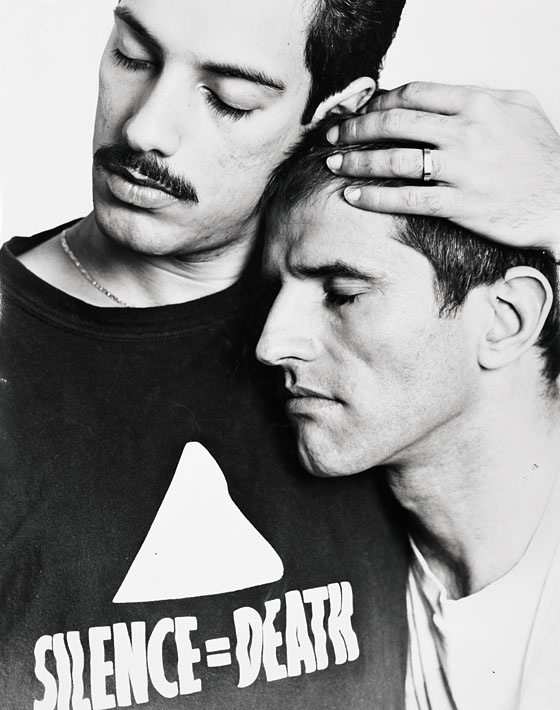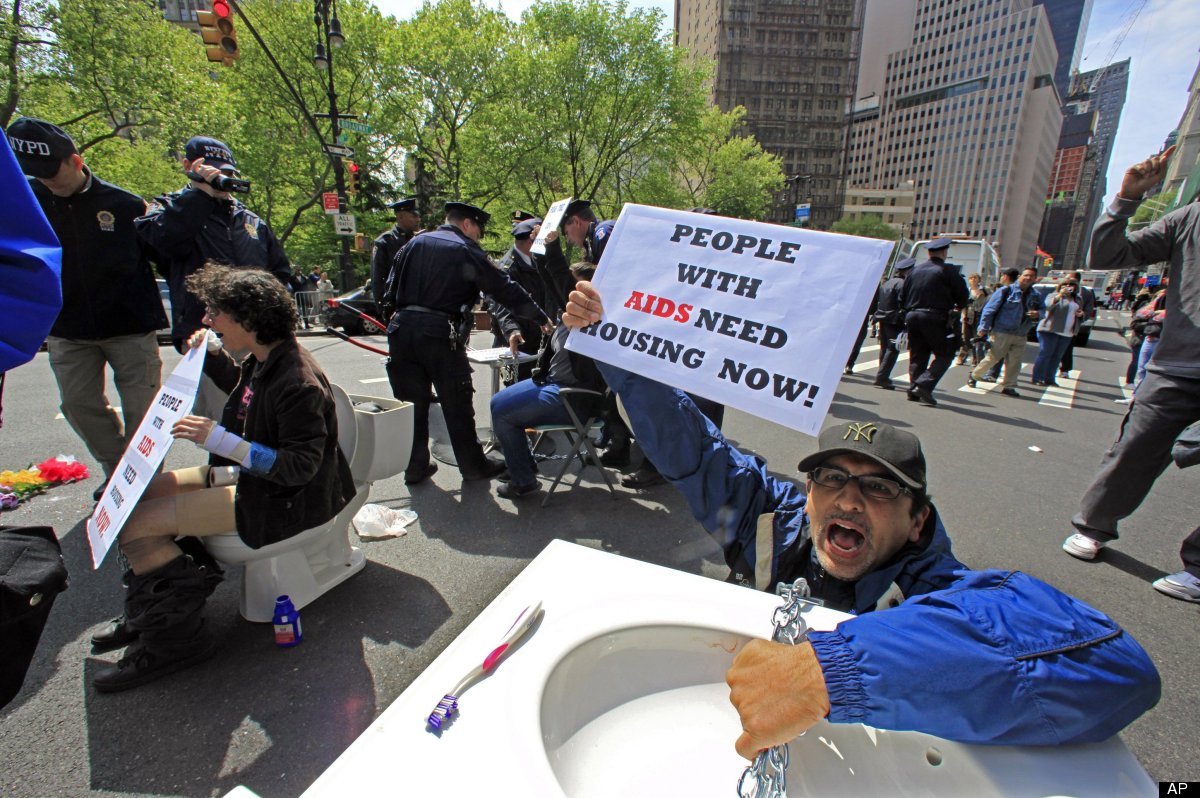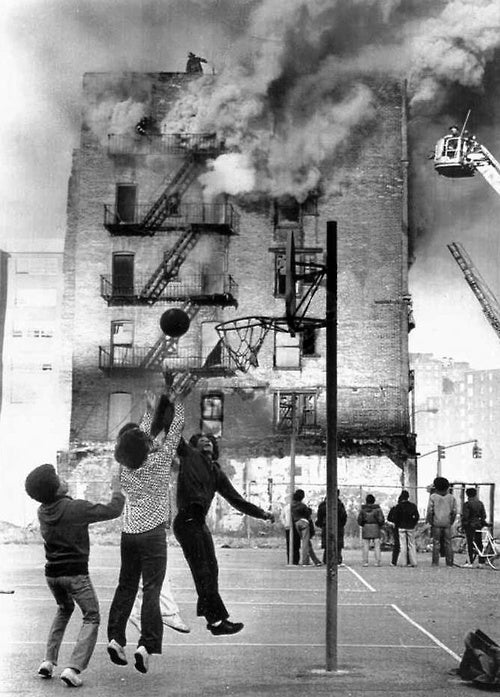
Today we discussed Research Methods. First, with help from special guest, Aaron Kendall, who showed us how Social Explorer can be used for secondary data analysis and data visualization. Please take some time to play around with this and the other secondary data sources listed on our website!
Then we turned to the question of what research methods each group is planning to use in your projects, and how exactly you will use them. Given your group’s research goals and questions, available literature and secondary data, and the media sources listed on each of your project pages, you were asked to work as a group to answer the following questions:
- How can you document or better understand the issue? Do you need “hard” numbers (quantitative data) and/or stories of personal experience (qualitative data) or both?
- How are you going to give legs to your research? What action strategies could you employ to make the research and report as impactful as possible?
- Who are the stakeholders in the issue? Who has interest? Who is affected?
- Who needs to have their voice be heard?
- Who are you trying to influence? Who has power over the issue?
- Who is your target audience (community members, elected officials, media)?
- Who will collect your data?
- Where can you find the people you need to talk to get your data?
- Where can you find existing information that is relevant to your research?
- Where can you go for support and assistance (non-profits, universities, government agencies)?

Based on your answers to the above, you were asked to consider which among the following research methods your group should use:
- Media Review- Is a systematic review of a certain number of news articles or clips from a variety of sources about a specific topic to uncover the most common words or themes that emerge. This can be used as background research to help inform your research design and can also be used on its own to give you data about how a specific issue is being presented or framed in the media.
- Literature Review- Is a review of existing articles, academic studies or reports in order to find out what information already exists about the topic you are exploring. This can be part of your secondary research; can help inform your research questions and can help you identify gaps in research and information on a given issue.
- Secondary data analysis- Is data that comes from someone else’s research. This is distinct from “primary data” which is original data that you collect through your own research in the field. Secondary data is helpful for getting background information that will complement the ground-level information that comes from people’s experiences (primary data). It can also be helpful to do a bit of secondary data collection before you begin your primary data collection in order to focus your research questions and help you to develop your research instruments (such as surveys and interview guides). Secondary data can come from a variety of public and private sources, such as the U.S. Census Bureau, city and state agencies, research organizations and academic institutions.
- Participant Observation is in some ways both the most natural and the most challenging of qualitative data collection methods. It connects the researcher to the most basic of human experiences, discovering through immersion and participation the hows and whys of human behavior in a particular context. Such discovery is natural in that all of us have done this repeatedly throughout our lives, learning what it means to be members of our own families, our ethnic and national cultures, our work groups, and our personal circles and associations. The challenge of harnessing this innate capability for participant observation is that when we are participant observers in a more formal sense, we must, at least a little, systematize and organize an inherently fluid process. This means not only being a player in a particular social milieu but also fulfilling the role of researcher—taking notes; recording voices, sounds, and images; and asking questions that are designed to uncover the meaning behind the behaviors. Additionally, in many cases, we are trying to discover and analyze aspects of social scenes that use rules and norms that the participants may experience without explicitly talking about, that operate on automatic or subconscious levels, or are even officially off limits for discussion or taboo. The result of this discovery and systemization is that we not only make ourselves into acceptable participants in some venue but also generate data that can meaningfully add to our collective understanding of human experience.
- Surveys- Ask specific questions and tend to include short answer, multiple-choice, and scaled-answer questions. Surveys can be done online, through the mail, and can be written and filled out in person. The most effective way to conduct surveys in support of organizing is in an in person “interview style” so that the surveyor can make personal connections with the respondent. Surveys are helpful for getting information or data from a wider group of people and are better for getting quantitative information like numbers, than they are for getting qualitative information, like people’s stories. Surveys can be helpful when making policy demands because elected officials, policymakers and the media tend to respond to hard numbers.
- Interviews- Are guided conversations about a specific topic, are often done one-on-one, and tend to use open-ended questions in order to get in-depth explanations. Interviews are useful when you want to get more specific, detailed information than you would get from a survey and you want to get deeper into people’s experiences and personal stories. Interviews are appropriate when dealing with sensitive or personal information that people may not be comfortable writing on a survey or sharing in a group setting (such as a focus group). Interviews can also assist the organizing outreach process because they facilitate one-to-one interaction, but they can be more time intensive then surveys.
- Focus Groups- Are small group sessions (7-12 people) that are led by a facilitator in order to obtain opinions based on the research question. Like interviews, focus groups are good for getting qualitative data, and are an effective way to get people’s personal stories, testimonies, and experiences from a group setting. They can also be useful for delving deeper into a specific issue or research question not fully addressed by another method. Focus groups can be useful in allowing participants to bounce ideas and stories off of each other. Due to the group setting, they can also be more challenging than interviews for discussing sensitive topics.
- Community Mapping/Canvassing- Is a process of documenting and visually presenting trends or patterns in a given community. Community maps and canvassing can be used to document many physical, spatial dynamics of a neighborhood from new construction sites, to new luxury condos, to green spaces, to new businesses, to vacant lots, etc. This is an effective tool for tracking physical changes in a neighborhood, and specifically as a way to document the impact of gentrification on a neighborhood.
Please work in your groups to incorporate a more detailed description of your chosen methodology/methodologies into your project briefs, as well as my feedback, and post your updated project briefs no later than Wednesday at 2pm.






